
This video examines active voice and passive voice, explaining the linguistic difference between them and how to use them in sentences.
- Subject:
- English Language Arts
- Material Type:
- Lesson
- Provider:
- NeoK12
- Date Added:
- 02/26/2019

This video examines active voice and passive voice, explaining the linguistic difference between them and how to use them in sentences.

This video explains the definition and use of adverbs and gives an example of an adverb being used in three situations.
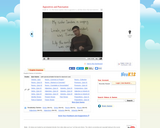
This video demonstrates how to use commas to separative appositive phrases from sentences.

This video reviews consonant blends. It is part 1 of 3 videos on consonant blends.

This video reviews consonant blends. It is part 2 of 3 videos on consonant blends.

This video reviews consonant blends. It is part 3 of 3 videos on consonant blends.

This video examines the use of coordinating conjunctions to avoid comma splice errors when combining independent clauses in sentences.
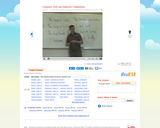
This video discusses the use of copulative (linking) verbs and subjective complements in sentences.
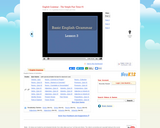
This video review the concept of the simple past tense. It goes over when to use the simple past tense and how to conjugate verbs in the simple past tense.
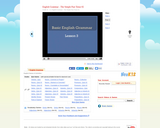
This video continues to examine the simple past tense, starting to look at irregular verbs and how they are modified differently from regular verbs.
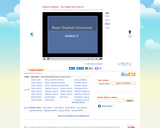
This video further elaborates on the simple past tense by examining how to question using the simple past tense, both with and without question words.
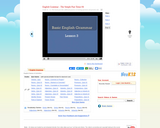
The final video in this series finishes discussing questioning using the simple past tense and moves into a discussion on how to correctly pronounce conjugated past tense endings. Also included are interactive segments for students to practice.

This video elaborates on pronoun case usage, especially focusing on the tricky who vs. whom issue in the English language.

This video explains how the ideas of various governments influenced the development of the United States government. Teachers should view the video prior to showing it to students and determine if the violent scene invovling Julius Caesar (on the video around 3:19) is appropriate for their class.
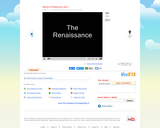
This video explains how the ideas of various governments influenced the development of the United States government.

This video reviews the case system and examines how to determine which pronoun is appropriate in certain contexts.

This video defines and demonstrates the use of indirect objects and objective complements.
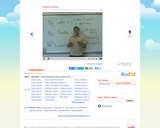
This video examines the definition and use of infinitive phrases, including how they function as parts of sentences.

This video reinforces kindergarten sight words.

This site provides educational videos, quizzes and games about amphibians for students at varied grade levels. Teachers or students can make an online presentation and save it for homework or a school task. This resource supports English language development of English language learners.